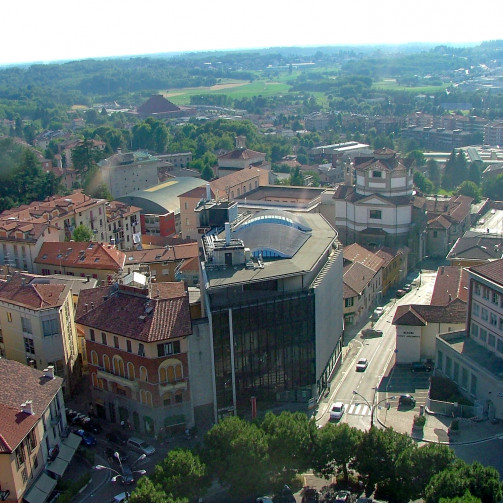Open monuments for those who have never seen Cantù, for those who have not felt wonder before the Christ frescoed in the bowl of the apse of Galliano, the church beloved of Ariberto, the great archbishop of Milan. For those who don’t know the bell tower of St. Paul’s, so essential and bold, and the Romanesque apses of St. Theodore’s, the 16th-century frescoes of St. Mary’s Chapel, and all the churches where you can pause in the half-light and silence. It applies to those who have not seen the sacred buildings and monasteries where for centuries nuns, closed to the world, prayed for all.
Walls once surrounded the village, except for Galliano, mighty walls with watchtowers and the Ferraia Gate and others whose traces have been lost. In the center is the “Piazza Granda” where the Jubian is being burned today. It is a meeting place from which one can leave to see rich mansions, houses marked by time, and then exhibition palaces that preserve precious furniture and lace full of lightness and grace. And then again the beautiful Andina Street Schools so white, so bright, so linear and rational, which appear almost suddenly as you turn halfway down the long Avenue of Our Lady.
Cantu’s treasures are not easy to discover. Somewhere in the city, in some quiet little street, in some remote or simply ignored corner are hidden ogival windows, a small museum of sacred art, an old pharmacy, a Madonna and Child on an old wall, the Moebius strip that crosses the streets of men, and an old café with Cantù cake. They are there and waiting. (Edited by Rosanna Moscatelli – Ass. Iubilantes)


